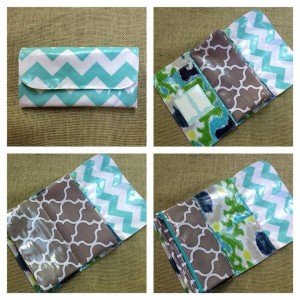A problem that so many Americans face in today’s economy is the lack of an emergency fund. Most financial gurus say you should save six months of living expenses for financial emergencies. This goal can seem unobtainable to those whose income is below the poverty line, as well as the middle class. Fortunately, there are ways to live paycheck to paycheck and still have that elusive emergency fund, no matter how low your income is. If you have ever wondered how to save money and build an emergency fund here are some tips to help.
Start with a budget so you can see where your money is going. Most people hate to budget, but it is necessary if you want to build an emergency fund. Once you have your budget, you can see where you can completely cut out some expenses, while lowering other expenses. You will need to choose where your money will be spent, and how much will be available for each expense. This is the hardest part of making a budget.
Until your fund is built, consider doing without unnecessary things, such as cable television, downloading games, and other forms of entertainment that require money. What other expenses can you lower or eliminate? Take into consideration items like clothing and gifts. Try purchasing your clothes from thrift stores, or make do with what you have for now. As for gifts, let your spouse, family and friends know you will not be spending money on gifts for a while. Instead, do something with – or for – the people you give gifts to. There are many ways to gift people without spending a dime.
As you mark expenses that can be eliminated or lowered, add up how much you are lowering your expenses. The money you save will be the beginning of your emergency fund. Each month, make sure that amount of money is going into an interest-bearing savings account.
Once you have cut your expenses down to the bone, the next thing to do is to track all of your spending for one month. If you spend money, write it down. Always get a receipt and write what budget category the expense fits in. At the end of the month, you can compare your spending to the budget you have made, and make necessary changes. I like to use Quicken to track my spending. It is an easy way to track everything, and you can quickly import transactions from your bank.
You will form the habit of being more aware of the money you spend. If you only use cash, and not debit cards, credit cards, or checks, you will become even more aware of what you are spending, because you see your money disappearing. If you decide to only use cash, dump your coins into a jar each day. At the end of the month, turn your coins into dollars and add this money to your savings. My friend Amanda from Joyful Home Designs makes beautiful cash budget wallets that are available in her Etsy shop. They are a great way to get organized and start living on a cash budget. She also has some budget pouches for teaching children about spending, saving, and giving.
For the second month, repeat the process. Make a game out of it and try to lower the amount you are spending every month. Can you beat last month’s total? Do this every month, and before you know it, you will have built the emergency fund that every family should have.
Check out the previous 3 articles related to saving and earning money:
10 Easy Ways to Make Money Now
How to Pay Off Debt When You Live Paycheck-to-Paycheck
How to Teach Kids to Save Money
Next article in the series – coming soon:
How to Stop Spending Money and Start Saving for a House





Trackbacks/Pingbacks